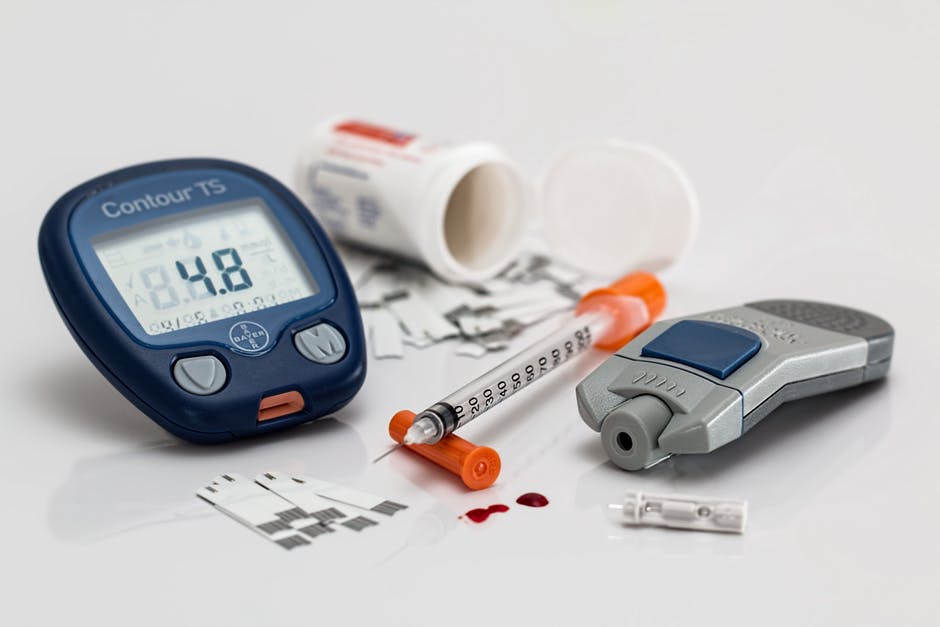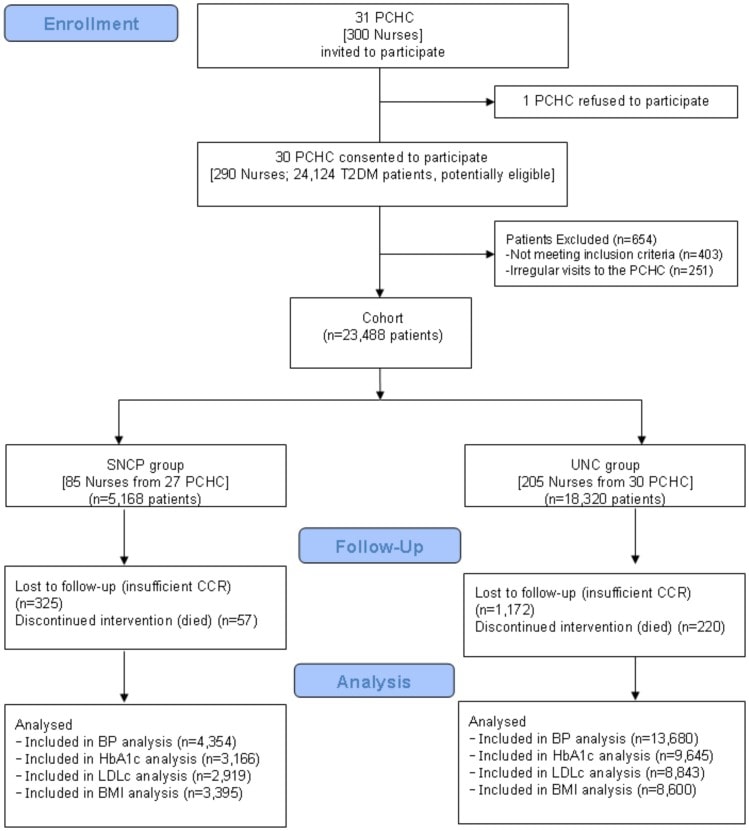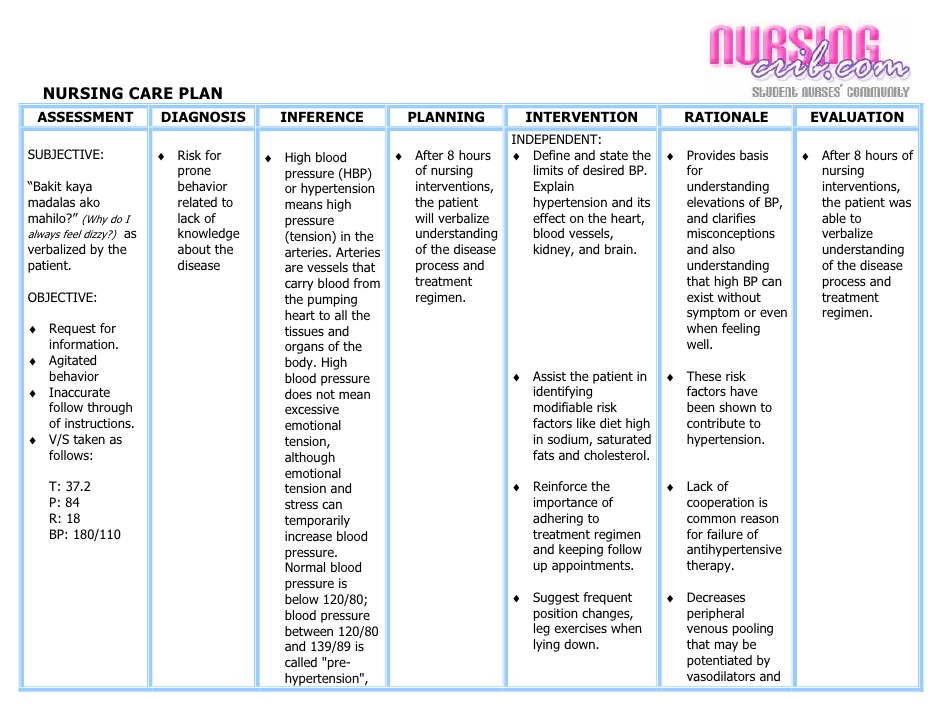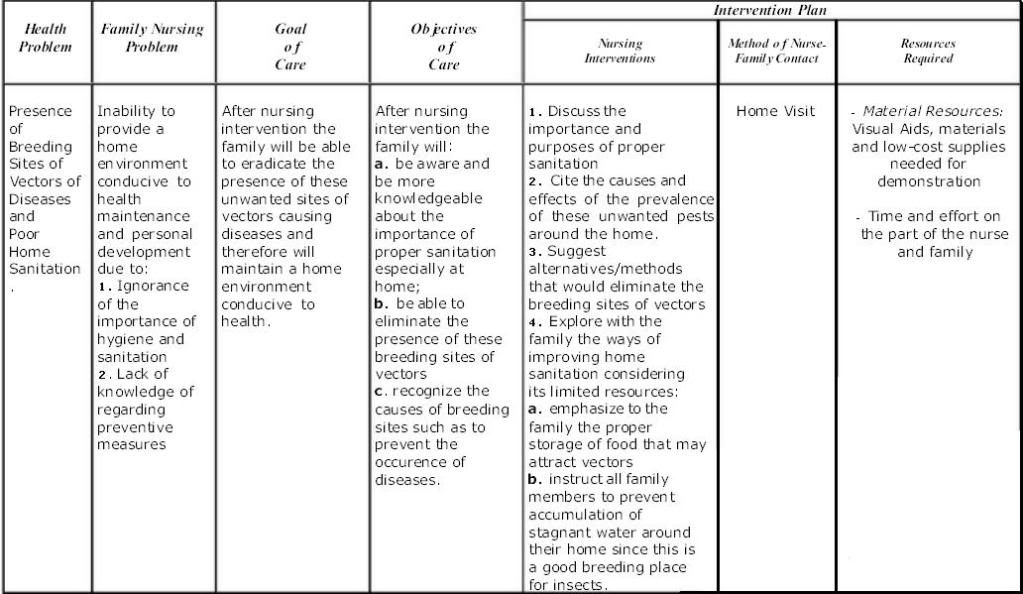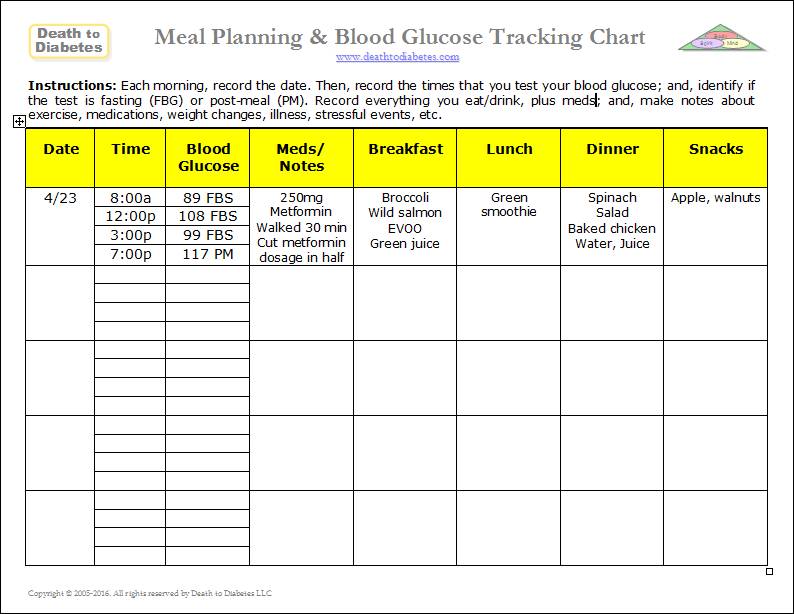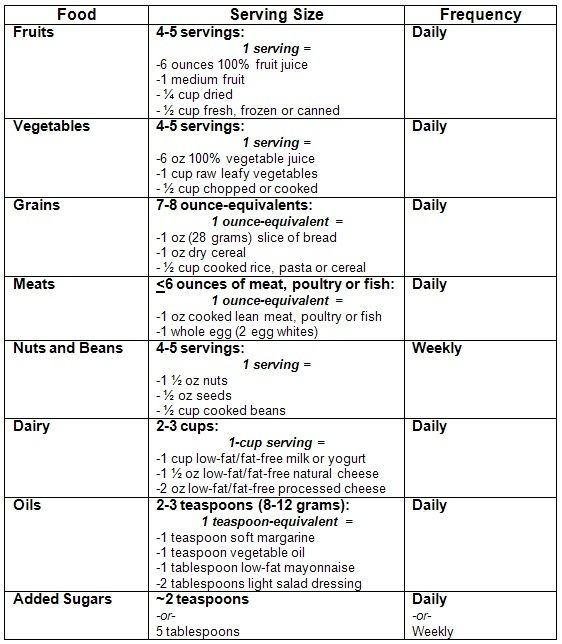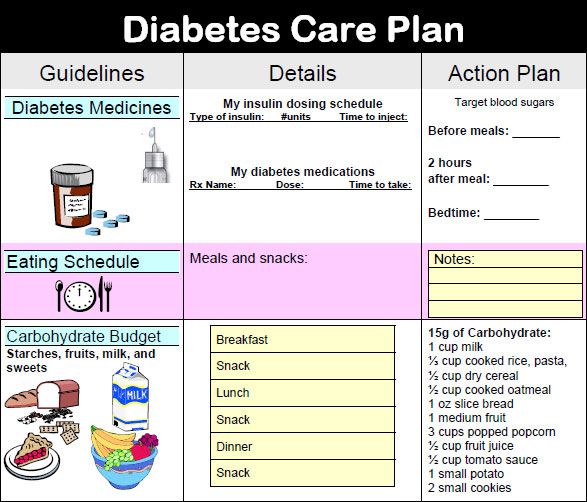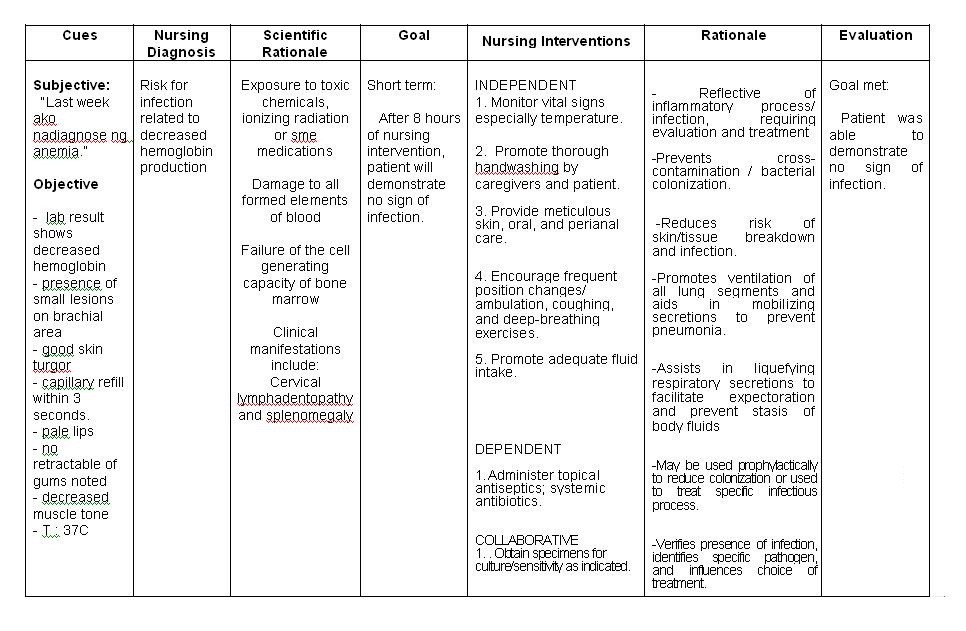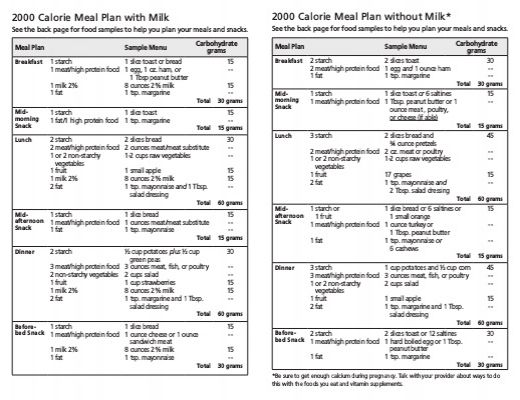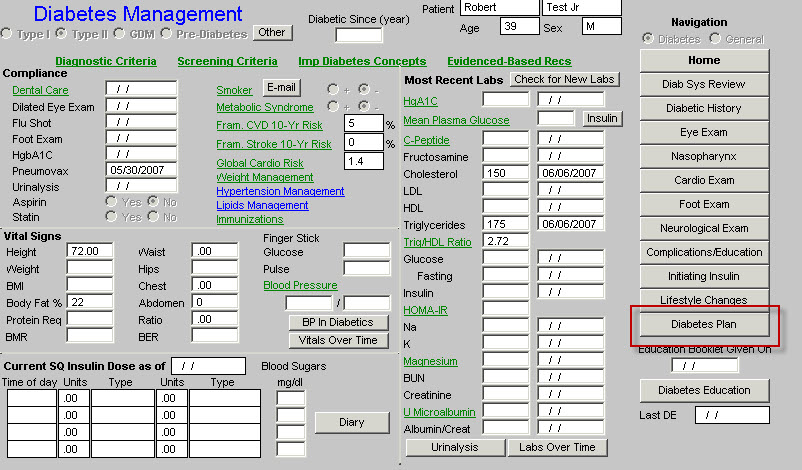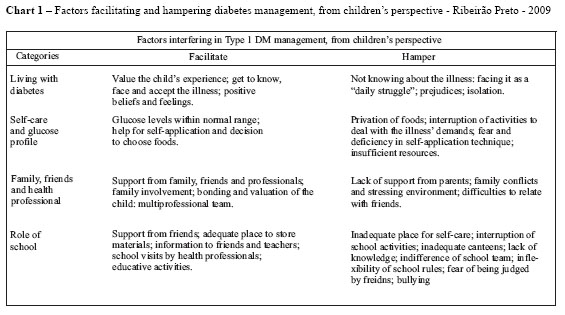10+ Diabetes Action Plan Examples to Download
Diabetes is one of the deadliest diseases in the world, and most of the time it is a result of the things you eat and the lifestyle you choose. But there has always been a misconception that healthy eating equates to depriving yourself from the foods you love. You can still eat those juicy hamburgers, crispy french fries, and cold ice cream; you just have to do a little bit of tweaking with the help of a diabetes action plan.
Diabetes Action Plan Template
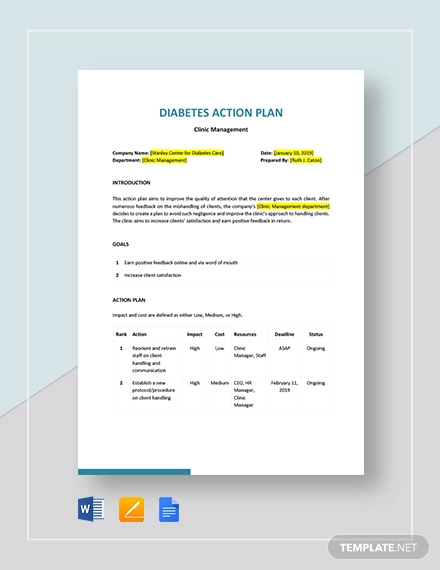
To help you create a diabetes plan, either for yourself, a family member, or a friend, here are some diabetes action plan examples (in PDF format) to guide you.
Standardized Diabetes Plan Example
Nutrition Nursing Plan Example
Nursing Diabetes Care Plan Example
Essential Components of a Diabetes Action Plan
Aside from the examples we provided, we are also listing down some tips in writing a diabetes action plan. Here are the essential components you should always incorporate when making your own general action plan.
1. Choose the Right Foods
The first step in creating a diabetes action plan is to focus on the foods you consume. In actuality, the diabetes plan will mostly revolve around your diet.
Focus on eating real and whole foods, and foods that comprise of one or a few ingredients.
Here are examples of foods you should include include in your diabetes plan:
- Whole grain carbohydrates
- Nuts/nut butters, olive oil, avocado, and other foods with healthy fats
- Sustainably raised meat
- Fish and shellfish
- Eggs, beans, low-fat dairy, and high-protein products
- Fruits and vegetables (dark leafy greens and fruits having low glucose)
Since you are focusing your diet with real, fresh foods, limit your intake of processed foods. These types of foods contain added sugars, fats, chemicals, and artificial ingredients. Processed foods are also high in refined sugar and calories yet are low in fiber and other nutritional benefits. You may also see meal plan examples.
Research has shown that large intakes of processed foods contribute to insulin resistance, high cholesterol, fatty liver, obesity, diabetes, heart disease, and even cancer.
Here are some foods you should watch out for:
- Artificial trans fats (deep fried foods, potato chips, and hard margarine)
- Pre-made packaged foods (breakfast cereals and packaged snack foods)
- Pre-made frozen foods
- White flour or refined grain based products (white bread, white rice, pasta)
- Processed meat
- Dairy products with added sugar (ice cream, flavored yogurt)
- Fruit juice and soda
Of all the major food groups, carbohydrates impacts the blood sugar levels the most because they break down into glucose. It is highly important to pay attention to the types of carbs you are eating.
Carbs that are refined and processed carbs (e.g., white bread, white rice, pastries, biscuits, sugary drinks) are linked to numerous health problems including obesity, diabetes, and heart disease. In contrast, whole grains help reduce risk for type 2 diabetes. You may also like 30-day meal plan examples.
Swap high-carb foods with these healthy alternatives instead:
- Brown rice, wild rice, and cauliflower rice instead of white rice
- Whole grain bread, rye bread, and sourdough bread instead of white bread
- Whole wheat pasta, brown rice pasta, and spaghetti squash instead of white pasta
- Oatmeal, Fiber 1, and other cream of wheat or high-fiber and low-sugar cereals
- Whole-wheat flour, sorghum flour, and almond flour instead of white flour
- Fruit or vegetable infused water instead of sugar-sweetened beverages
2. Manage Your Portions
Managing your portions doesn’t mean you have to track every single calorie intake. One suggestion would be reading food labels to determine portion sizes. You can begin by measuring your food from one week to a month. Once you get accustomed to the portions, you won’t need to do calculated measurements any longer. You may also check out 90-day meal plan examples.
These days, it seems that processed foods are more abundant than whole and healthy foods, especially in supermarkets and food stores. That is why you should be very careful in choosing foods you consume, especially if you have diabetes or planning to avoid getting one. But it doesn’t mean you have to compromise, you just have to find the right balance between what and how you eat. You might be interested in 30-day diet meal plan examples.
3. Make Room for Desserts
Dessert is essential in any meal. If you think having sweets is prohibited in a diabetes action plan, you are wrong. If you force yourself on sticking to a diet that you dread, that diet plan won’t last very long and you will unfortunately return to consuming high-calorie and high-fat foods. You may also see 30-day diet plan examples.
Satisfy your sweet tooth by indulging on fresh fruits with low glycemic load (cherries, grapefruit, dried apricots, pears, apples, oranges, plums, strawberries, peaches, grapes) low-fat ice cream, low-fat yogurt, and fresh fruit juices and unsweetened shakes.
Meal Planning and Glucose Plan Example
Diabetes Serving Plan Example
Basic Diabetes Care Plan Example
Sample Diabetes Action Plan
We provided a sample diabetes action plan (1200–1600 calorie diet) for your reference. Don’t forget to also use the examples which you can download for free. Take note when creating a diabetes plan, you should also consider the individual’s gender, weight, and activity level as these can influence calorie needs. You may also see weekly plan examples.
1. Breakfast
Vegetable Omelette – two to three whole eggs, spinach, mushrooms, one ounce mozzarella cheese, one slice of whole grain toast, one tablespoon of olive oil (used as a spread)
2. Lunch
Tuna Wrap – one whole wheat wrap, six ounce canned tuna, 1/4 cup non-fat Greek yogurt, celery, red peppers, a handful of baby spinach, a squeeze of lemon juice
3. Snacks
Mixed nuts, apple slices with peanut butter, kale chips, dark chocolate and almonds, hard boiled eggs, or a piece of fruit
4. Dinner
Zucchini Ribbon Pasta – 3/4 pound whole wheat fetuccini, two medium green and yellow zucchini, 1/4 cup grated Parmesan, four cloves garlic, three tablespoons olive oil, basil leaves, parsley, red pepper flakes, salt, and pepper. You may also like daily plan examples.
Diabetes Plan Matrix Example
Diabetes Nutrition Plan Example
Diabetes Management Plan Example
Chart for Diabetes Facilitation Example
There are two tricks to creating a healthy diet: moderation and substitution. Practice eating the foods you love in moderation, which means allowing yourself a small treat every other day or every two days, then healthy the rest of the week. You may also like diet chart examples.
Substitution meanwhile equates to replacing the unhealthy foods to healthier alternatives but does not compromise the taste and overall flavor of the food.


